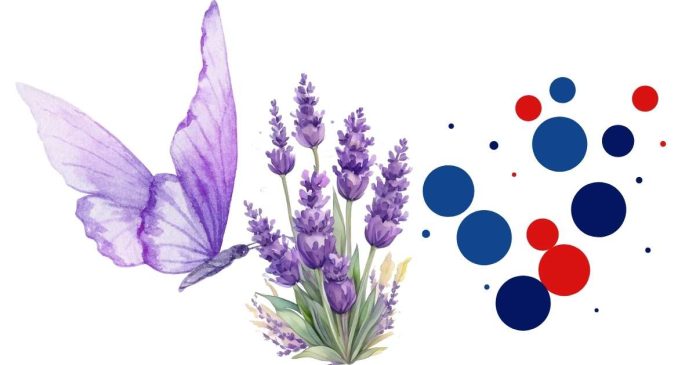When you mix lavender (a soft, cool purple) with red, the result will vary based on the intensity and specific shades of each color. Here’s a more detailed breakdown of the potential outcomes:
- Equal Proportions of Lavender and Red: If lavender and red are mixed in equal amounts, you will likely get a medium to dark shade of purple. However, because red is a warm color and lavender has some blue tones, the result might lean toward a more muted, slightly brownish or desaturated purple. It could have a deeper, almost plum-like hue.
- More Lavender than Red: If you add more lavender than red, the resulting color will likely remain closer to a purple but with a slightly warmer, red-tinged tone. It will still appear like a cool, muted purple but with a touch of warmth from the red.
- More Red than Lavender: If there is more red than lavender, the color might become a dull or muted pinkish-purple. The more red you add, the more the lavender will shift toward a darker, warmer shade, potentially resembling maroon or a very muted burgundy.
- Overall Result: The more you mix, the more the colors tend to “blend” into a brownish or grayish hue, especially if you keep adding red, as the red will neutralize the coolness of lavender. Red and lavender are complementary in some ways but can also create a muted, unsaturated result.
In short, mixing lavender and red tends to create a muted purple, often leaning toward a muddy or brownish tone depending on the balance. The specific result depends on the ratio of each color and their individual tones.


